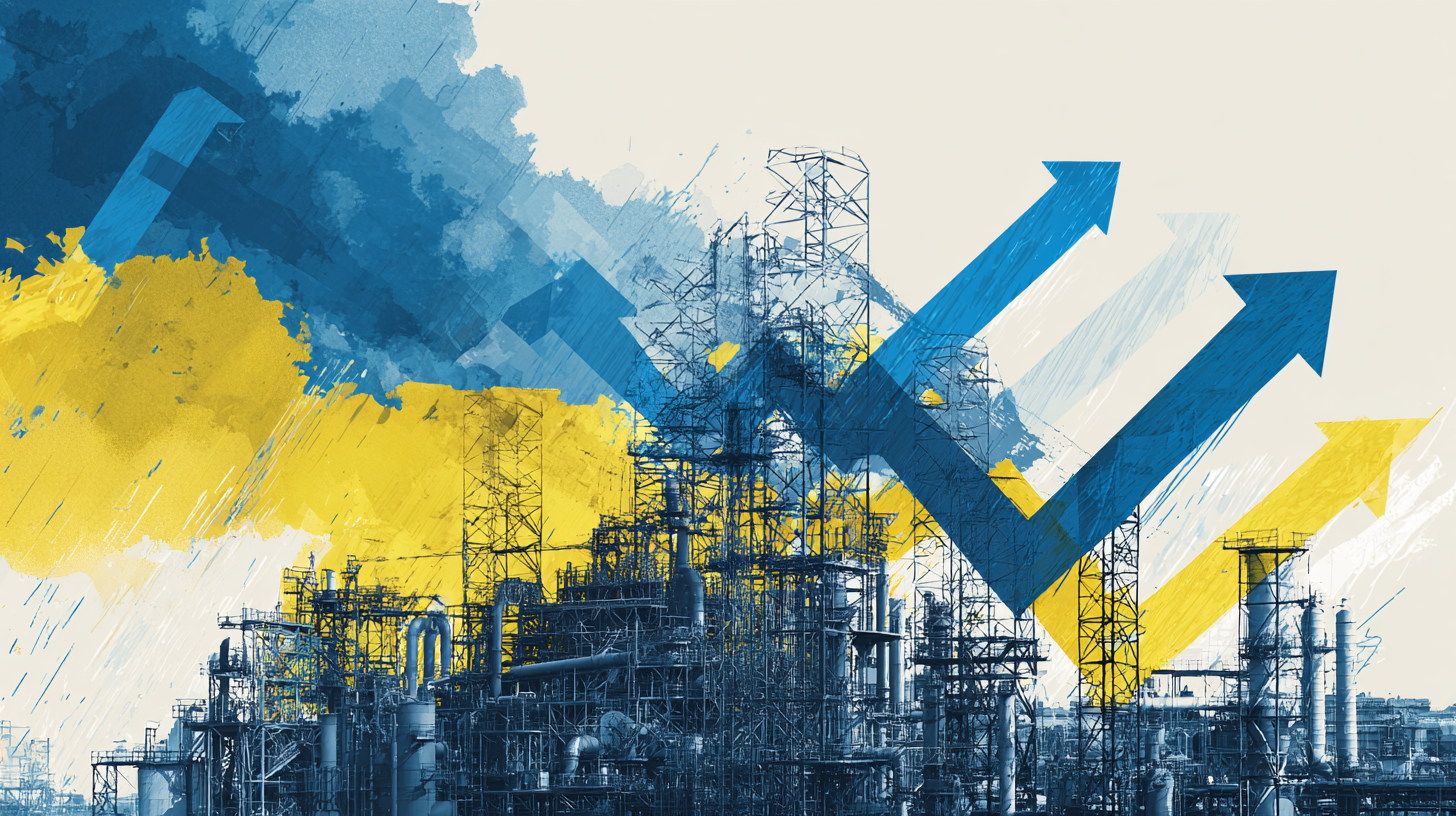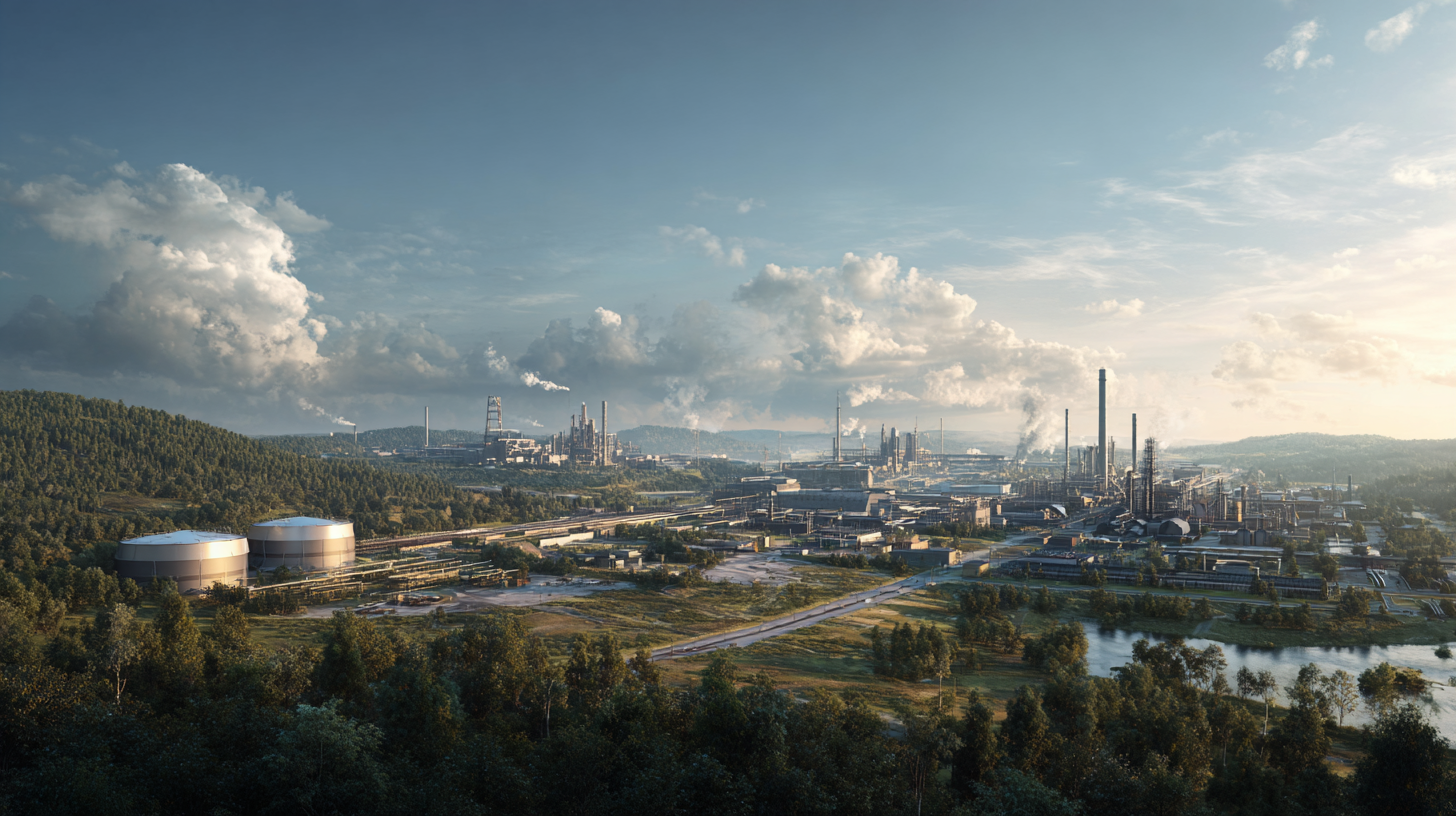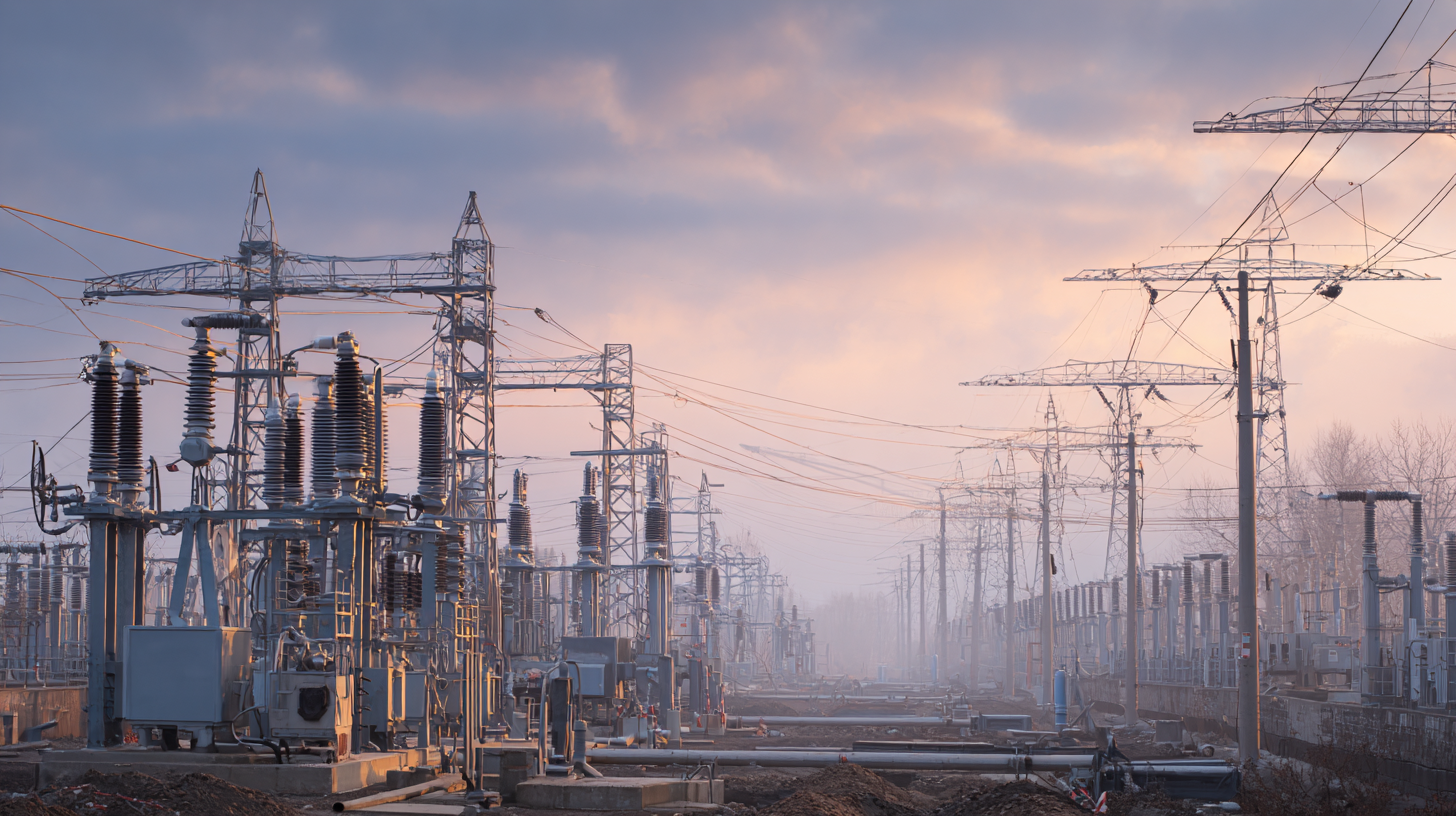Ukraine’s galvanized steel industry has undergone the largest transformation in its independence history. Galvanized steel consumption grew by 41% in 2023 to 243,000 tons, despite the war, demonstrating critical demand for reconstruction materials. Meanwhile, 67% of galvanized steel is now imported, compared to 14% before the war, fundamentally changing supply chains and market dynamics.
Mehbud Plant, a leading Ukrainian manufacturer of fencing and facade systems, observes these changes from a unique perspective. The Kyiv-based company, specializing in galvanizing with polymer coating for anti-corrosion protection, has adapted to new market realities where quality and reliability have become critically important.



